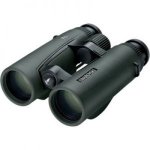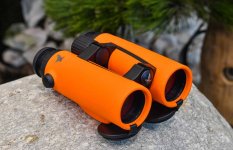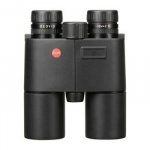Had a chance for a second look at the Geovid PRO yesterday. It was still under indoor lighting conditions in a very large convention center, but I made a more concerted effort to be completely objective in my subjective impressions 😉. In hindsight, felt my initial ”quick-take” might have been skewed due to high expectations. There was a good deal of light/shadow to peer into as well as tremendous variations of color and texture around for me to attempt to pull detail from.
First, the view is subtly different than other Leica binoculars (not surprising with the Perger prism design). The G-PRO resolves very crisply, with good depth of field, and colors looked typical Leica. I really didn’t pay much attention to FOV other than it didn’t feel at all restrictive. It isn’t flat-field, but the sweet spot was sufficiently wide and maybe a smidge better than the Trinovid. The eye relief did appear quite short and I did experience some blackouts. What is immediately noticeable (to me anyway) it just isn’t quite as bright as many other Leicas - but I was mostly comparing it to bigger glasses. Overall, I found it a competent binocular, with a view I‘d likely rank somewhere between the Trinovid and UVHD+. Which is actually quite an accomplishment when building this kind of complex, multi-technology device with competing internal information displays.
On the build side - it certainly appears rugged enough for serious outdoor use. It does balance well in the hand and I found all of the controls (outside of the focuser) well positioned / easily reachable. However, I really did not like the focuser position (too far back for me) or its action (felt clunky and unrefined).
Anyway, these are just impressions from two very brief contact sessions with this device under less than ideal circumstances. Also had the additional challenge of Leica reps distracting and attempting to get me to focus on specific technology features rather than the view. Would like to get some serious field-time with this unit to provide a full assessment.
My initial conclusion is Leica did a fine job in achieving what they set out to do with the Geovid PRO, as it is a very advanced, multi-technology, enhanced ballistic-rangefinding optical system. That load is a lot to carry when also trying to approach or rival the pure optical performance of today’s very best 32mm binoculars.











